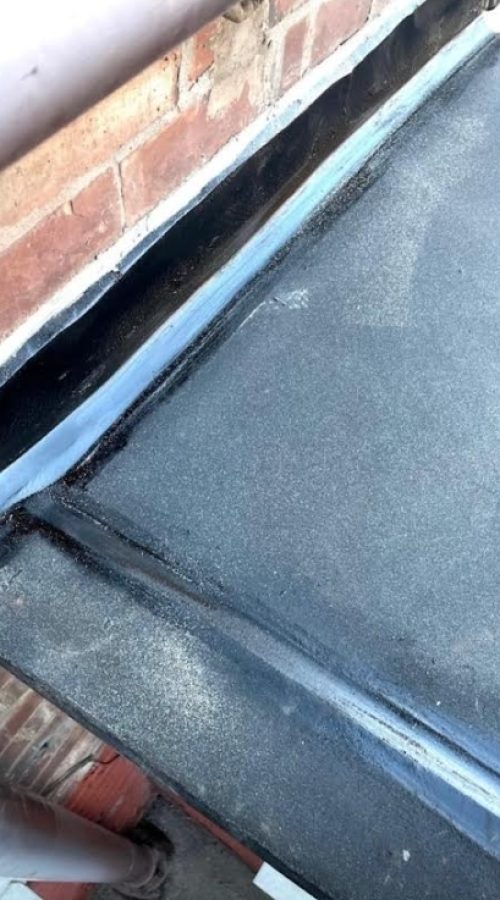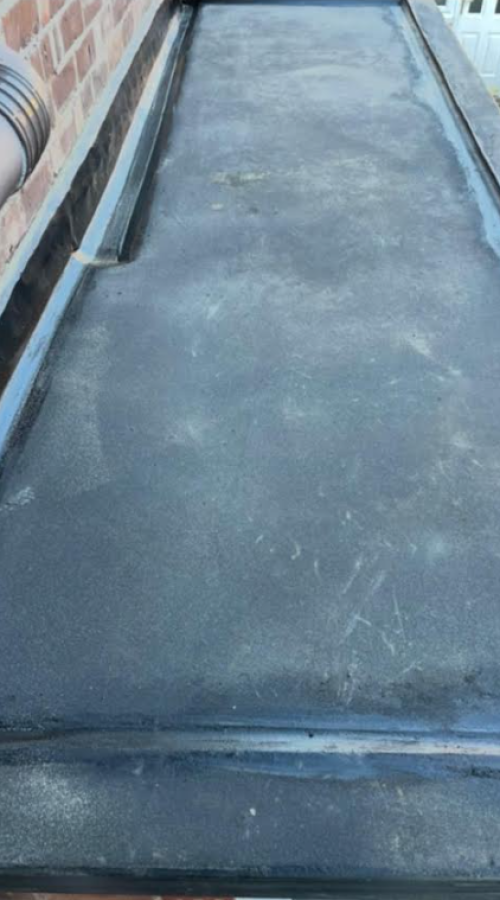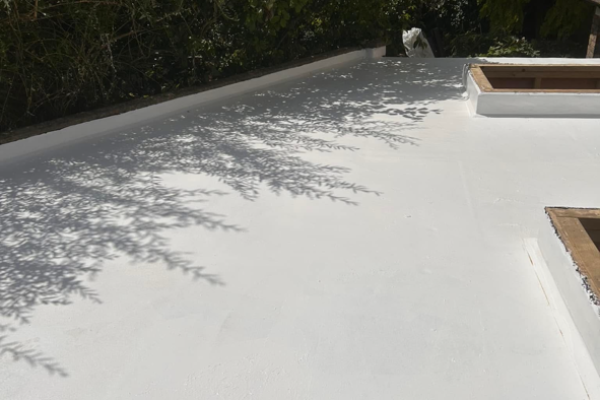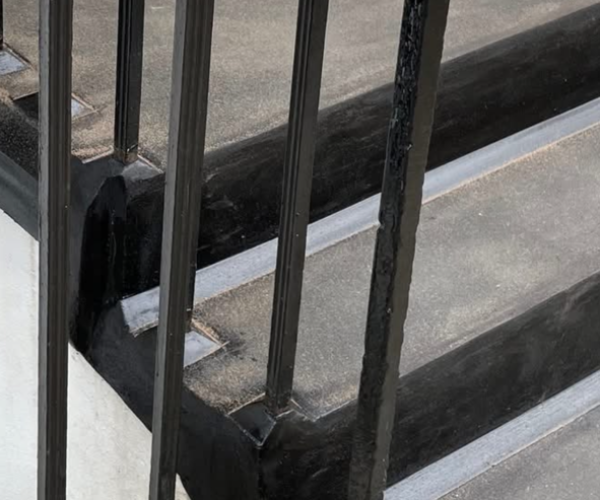Mastic asphalt is a durable, waterproof material traditionally used in construction for a wide range of applications, from roofing to flooring and damp-proofing. Composed primarily of bitumen and limestone aggregate, it forms a dense, seamless layer when applied. In domestic settings, mastic asphalt is valued for its longevity, strength, and resistance to weathering. Its versatility makes it particularly suitable for homes where robust protection against moisture ingress is required, such as basements, balconies, and flat roofs.
In residential buildings, mastic asphalt is most commonly used for flat roof waterproofing, but it also plays a significant role in damp-proof membranes, flooring in utility areas, and even in tanking for below-ground structures. The material provides an impermeable barrier that prevents water ingress, protecting structures from long-term moisture damage. In kitchens and bathrooms, its use under tiles ensures a moisture-resistant sub-base, which is especially important in high-humidity areas.



Homeowners benefit from mastic asphalt’s durability and low maintenance requirements. Unlike some modern synthetic membranes, mastic asphalt can last upwards of 50 years if properly installed and maintained. It is fire-resistant, rot-proof, and unaffected by most chemicals found in the home. Additionally, because it sets to a hard, smooth finish, it provides a solid base for other surface treatments, including tiling and carpeting. This long-term performance often justifies its initial higher installation cost.
The installation of mastic asphalt should always be undertaken by qualified professionals due to the high temperatures required for application. The material is delivered hot and laid by hand, then smoothed to form a uniform surface. For domestic use, installation is usually swift, and the surface can often be walked on within a few hours. Maintenance is minimal, but periodic inspections are recommended, especially on roofs, to ensure that the surface remains intact and free from cracks or blistering.

© 2025. Burmac Asphalt – All Right Reserved